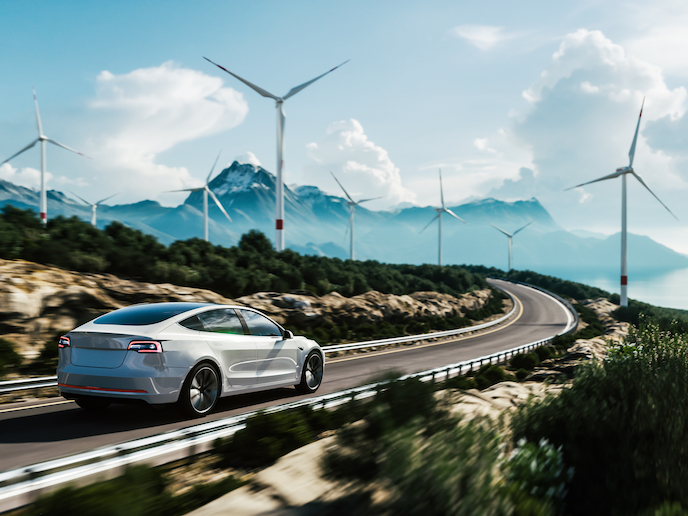Innovations make 1 000 km EV trips feasible
Falling prices and technological breakthroughs have made electric vehicles (EVs) an increasingly affordable and viable option for many consumers. User acceptance however still remains an issue. In particular, consumers perceive a lack of recharging infrastructure, are put off by long charging times and worry about an EV’s limited driving range. In addition, adapting automotive manufacturing methods to the specific needs of EV vehicles can be slow and costly, while many EV components are not as mature as internal combustion engine parts, and require further optimisation. This has led to growing recognition of the need for bespoke EV solutions to address these concerns, deliver manufacturing efficiencies and build vehicles with higher performance.
In-wheel technology
One such innovation has been the integration of Elaphe in-wheel motors. These motors are located in the two rear corners of the vehicle, to directly drive the wheels. “In-wheel motors present high potential in terms of energy efficiency and vehicle dynamics,” explains EVC1000 project coordinator Eric Armengaud. “By migrating e-motors to the corners of vehicles, space is freed up for other purposes such as enhanced vehicle structures for improved safety, or increased passenger room.”
Optimised EV components
EVC1000, which brought together 10 partners from across Europe and was coordinated by www.avl.com (AVL List) in Austria, was set up to focus on optimising EVs with this innovative in-wheel drivetrain layout. In particular, the project looked at brake and suspension control, together with in-wheel drivetrain, to achieve better vehicle dynamics. The objective was to develop new EV components that could deliver significant advantages in terms of energy efficiency – and thus vehicle range – and target other areas where user acceptance is an issue, such as vehicle stability. These solutions would then be showcased in pilot vehicles. The project began by creating a series of simulation models, to support design exploration and early validation of new components. These components were then designed and manufactured, including a dual inverter for more efficient control of several e-motors in parallel, as well as in-wheel motors for higher energy efficiency. “We also designed new chassis components, such as brake-by-wire systems and electro-hydraulic suspension with energy harvesting capabilities to provide a greater degree of freedom for advanced control strategies,” says Armengaud. “We also developed a highly efficient electro-hydraulic suspension system using X-by-Wire technology to enhance vehicle dynamics behaviour without compromising comfort.” These innovations will now be integrated into two vehicle demonstrators, to showcase the potential benefits of these solutions for different market segments. “Long-distance daily trips will allow us not only to assess energy efficiency, but also to consider how we can further enhance the customer experience,” adds Armengaud.
EV innovation ecosystem
The project team has been successful in prototyping and evaluating a number of new components, some of which have since been patented. This will open the door to the eventual mass production of highly efficient EVs, and boost Europe’s competitiveness in this important field. As a contribution towards EV manufacturing and smarter, greener transport, EVC1000 has developed innovative components which are now on the path to industrialisation, and are expected to reach the market around 2024-2025. EVC1000 has further supported the creation of follow-up programmes including training and expert exchange, in order to create an innovation ecosystem to push cutting-edge EV technology in Europe.
Keywords
EVC1000, electric vehicles, EV, in-wheel, automotive, drivetrain, electro-hydraulic



